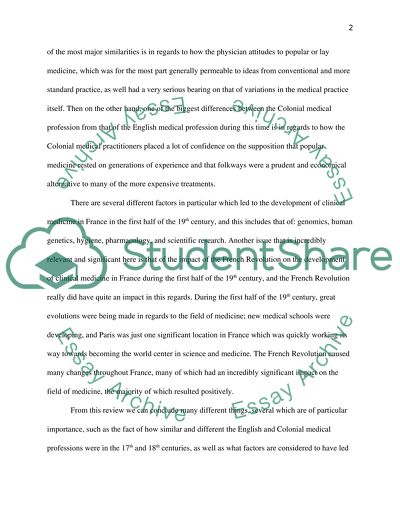The History of Medicine in the 17th and 18th Centuries Assignment. Retrieved from https://studentshare.org/health-sciences-medicine/1507147-history-of-medicine
The History of Medicine in the 17th and 18th Centuries Assignment. https://studentshare.org/health-sciences-medicine/1507147-history-of-medicine.


